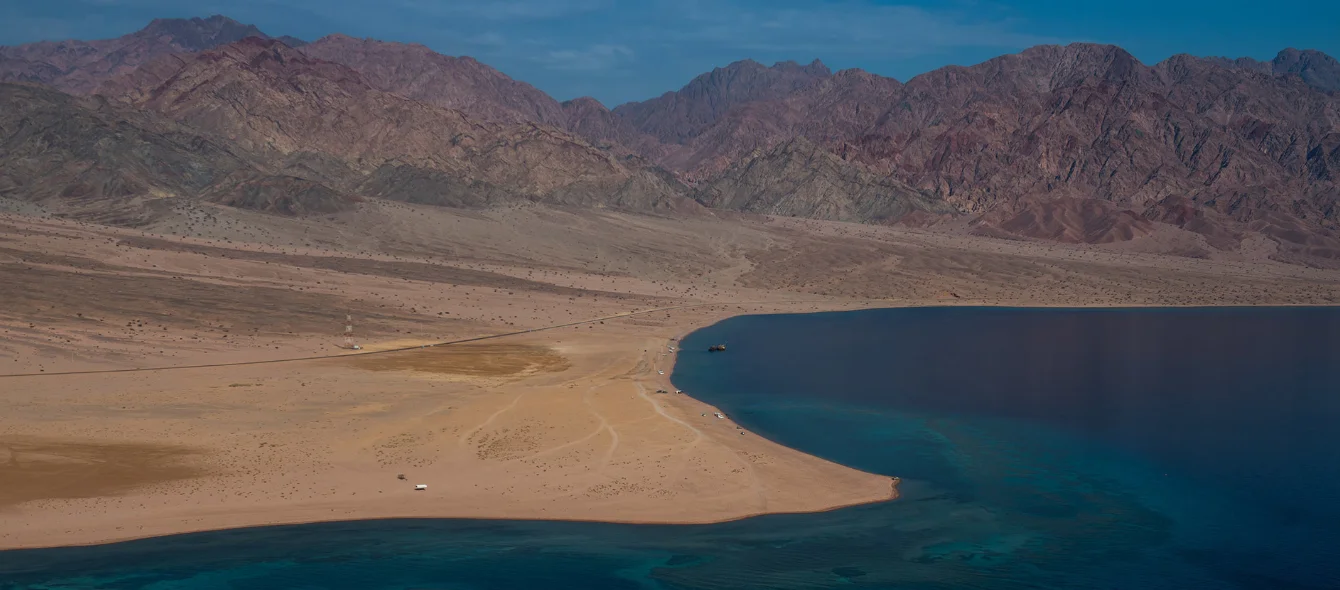The rulers of the Arabian peninsula have long known that they will soon need sources of riches in addition to oil if they want to maintain their level of wealth. This is why they have begun to diversify their economy. They definitely want to keep their role as power providers. However, they aim to gradually replace fossil fuel with sustainable offerings. The Saudis plan to generate electricity from the sun and wind and use some of this electric energy to produce hydrogen.
Projects tailored to this mission are underway in several Arab states. The Kingdom of Saudi Arabia plans to roll out its vision as part of its epochal project in the Red Sea, where the futuristic city of Neom will turn many of the dreams of 21st century progressive urban planners into reality: life in harmony with nature, innovative health and education systems, a full-coverage public transport system that replaces personal transport entirely, and a water supply system with a positive balance – all resting on a negative carbon footprint.
Renewables for export
City planners envisage Neom becoming home to a million people. Electricity will come from renewable energy sources. Potential for solar and wind energy on the coast and in the mountains of the desert state abounds. In fact, it is so plentiful that some of the electricity produced there will be exported – as hydrogen and ammonia.
Helios Green Fuels is the name of the project which will cost its investors five billion US dollars (roughly four billion euros). Shares in Helios are equally split among the Saudi government, the half state-owned energy company Acwa Power, and US-based Air Products and Chemicals Inc.
Neom's Future of Energy Sector Head, Peter Terium, about the project
Electrolysers from Germany
According to Bloomberg, the industrial gas producer from Pennsylvania intends to buy the entire ammonia production, estimated at some 1.2 million metric tons per annum. Ammonia is a chemical compound consisting of hydrogen and nitrogen, which is much easier to store and transport than extremely volatile H2 gas, i.e. pure hydrogen. Air Products will also deliver pure hydrogen to overseas customers on request.
Electrolysers for Helios Green Fuels will come courtesy of German steel and plant engineering group ThyssenKrupp. Annual hydrogen production from the 20 megawatt plant is projected to total 650 metric tons. ThyssenKrupp has received 1.5 million euros from the budget of the German government’s hydrogen strategy (in German) to develop the project. Plans envisage the solar and wind farms having a very generous installed capacity of four gigawatts.
Helios Green Fuels even without Neom?
The extent to which the ambitious plans to build a futuristic city on desert soil from the ground up materialise remains to be seen. Total investment is a reported 700 billion dollars (about 400 billion euros).
New hydrogen benchmark prices?
The Helios project would enable Saudi Arabia to secure shares of the global hydrogen market early in the game. According to BNEF, the conditions favourable to producing electricity on the south-western coast of Arabia could set a new benchmark for the price of hydrogen: 1.5 dollars (1.25 euros) per metric ton of H2 would be an absolute price cutter – and definitely so for green hydrogen, which currently hardly every sells for less than five dollars per metric ton.
Even fossil fuel, which is extracted from natural gas and coal, and presently dominates the world market, commanding a share of 99 percent, is rarely cheaper. Moreover, Europe will be unable to generate enough renewable energy in the foreseeable future in order to meet the growing need for both electricity and hydrogen.
